share on
In this second installation of a special two-part series, Priya Sunil hears from 14 leaders on the actions they are taking to make an impact on others, beyond the work setting. From challenging first impressions upon meeting new people, to fostering inclusive environments both at work and at home, these are what they have to say.
Marloes Pomp, CEO, Wordproof
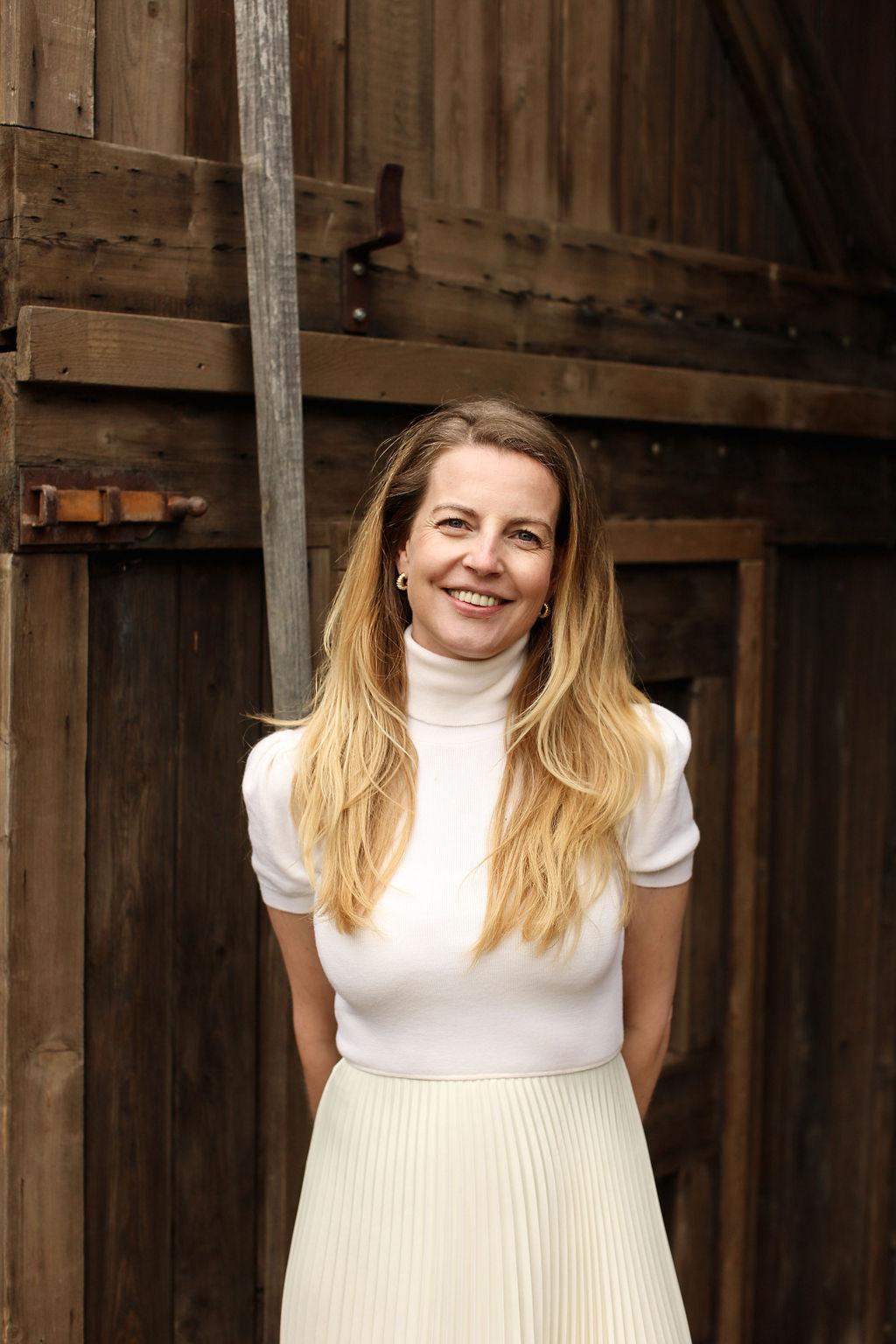
Because I work on new technologies, I have always worked with a lot of men. I used to think it was no hindrance, that I would be able to find my way around it well and adapt. But this is easier said than done, and it has shown me precisely why tech communities need more diversity. In recent years, I have been speaking out louder about this topic. It is sometimes exhausting mentioning every bias I spot or questioning a decision made in favour of the old boys' network. Fortunately, I’ve noticed that the circle of people who are alert and sensitive to this issue is growing.
My personal approach is not to let any situation pass by unnoticed, especially where there is a chance for more diversity and inclusivity. I will not be silent anymore.
Katrina Neo, Chief Executive Officer, CREA Malaysia
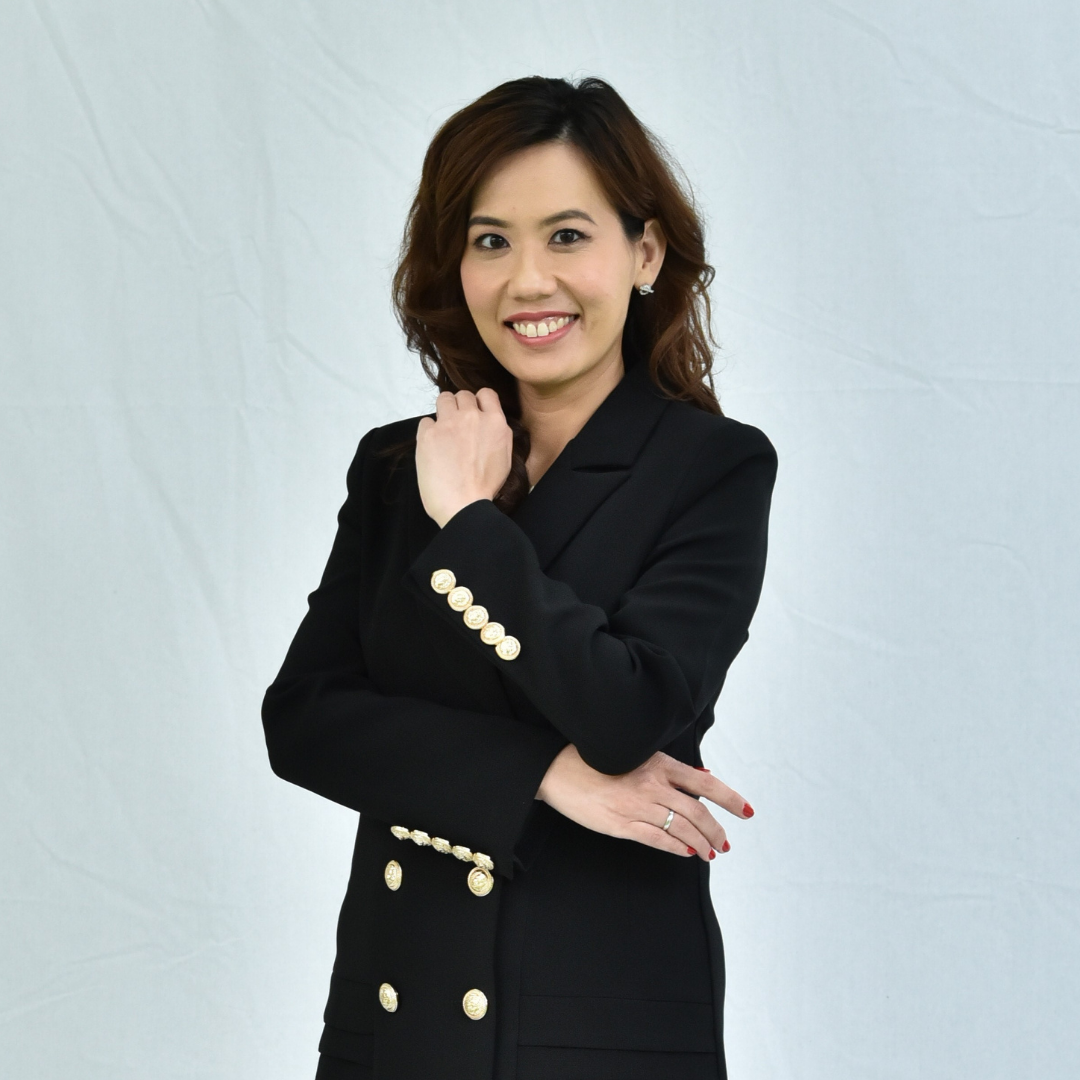
The one action I would take is to always stand up for myself and voice my opinion. My son is my motivation behind advocating for what I believe. He was often judged for and put into stereotypes because of his abilities, but he has shown me that regardless of who you are and your background, if are willing to speak up for yourself, you can achieve great things one day.
This transcends my personal life into my work life, and I am thankful for spaces that allow open communication to voice our opinions and break existing biases. Only through tough conversations and facing stereotypes can one breakthrough to achieve new heights.
Sophie Mathur, Partner and Asia Head of Corporate, Linklaters

As the mother of eight-year-old boy/girl twins, trying to break the bias is simply a part of daily life. From suggesting to my son that he picks dance as an after-school activity to encouraging my daughter to not feel she has to smile when people ask her to – there are so many opportunities to make a change in the next generation. The messages our children hear are pervasive. Sometimes we adults are so used to them that we don’t even notice them anymore.
I overheard my son telling his sister that the science kit toy was not for her – simply because only boys were pictured on the box. She certainly told him what she thought of that and an ally was born! From toys today to life choices tomorrow – smashing the artificial ceilings that would hold my children back is my motivation to #breakthebias.
Sharra Owens-Schwartz, Senior Director of Diversity, Inclusion & Equity, Rocket Software

My Dad died recently, and I wanted my daughter to be a pallbearer. I was shocked by the reaction to my suggestion by a family member. They were naming males in the family who would sufficiently be able to fill this role. That family member suggested that, “sometimes this is just the way things are and things don’t change overnight.” They were explaining that a pallbearer was a male role. I immediately asked the question, “Why can’t things change overnight? This is within our control and we can change this right now.”
I went on to say, “I will not allow conventional thinking to be a barrier for my daughter.” Needless to say, my daughter was a pallbearer and funeral guests asked me about it because they had never seen it before. This new experience inspired others to think differently about gender roles.
Lee Pui Kheng, Principal, Technical Delivery, Unispace
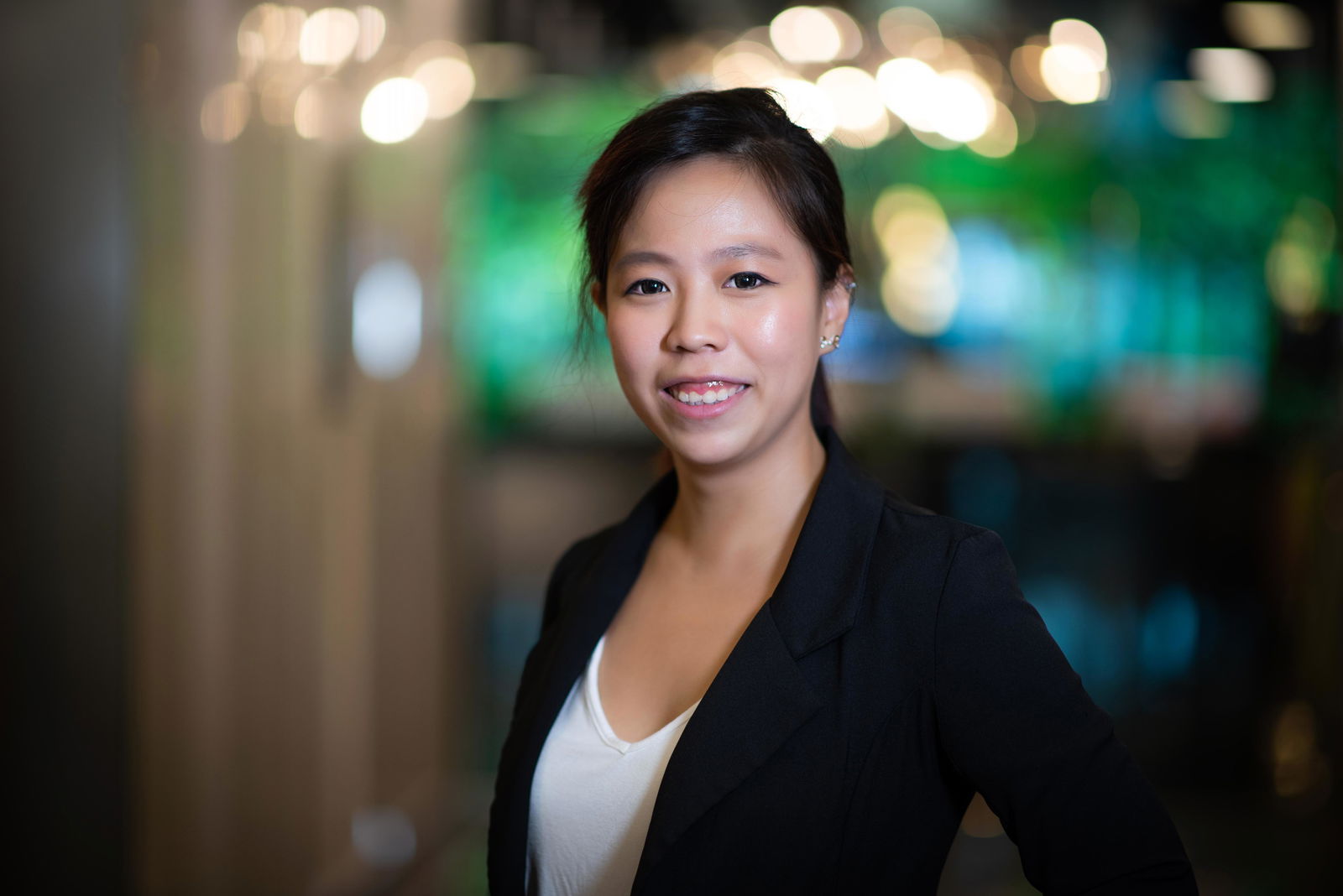
In my personal life, I make it a point to challenge any first impressions that I may form upon meeting new people. By keeping an open mind and taking the time to pause and think before reaching a conclusion, it allows me to guard against stereotypes and expectations, which go a long way in the journey to #BreakTheBias. Of course, this is not always as easy as it seems. It takes some deep reflection, is tricky at times, and I do not always get it right. But as they say, we learn from our mistakes, and every encounter that I have is an opportunity for me to be more open-minded and aware.
Similarly, I make sure that I do not let other people's beliefs or positions cloud my own prematurely. In this day and age, given the amount of information that we take in from various sources, and the speed at which we are accustomed to making our judgements, it is important to keep a clear head, and only form our conclusions after a period of observation and deliberation.
Chiranan Sanruang, Head, OMRON Management Centre for Asia Pacific (Thailand Branch)
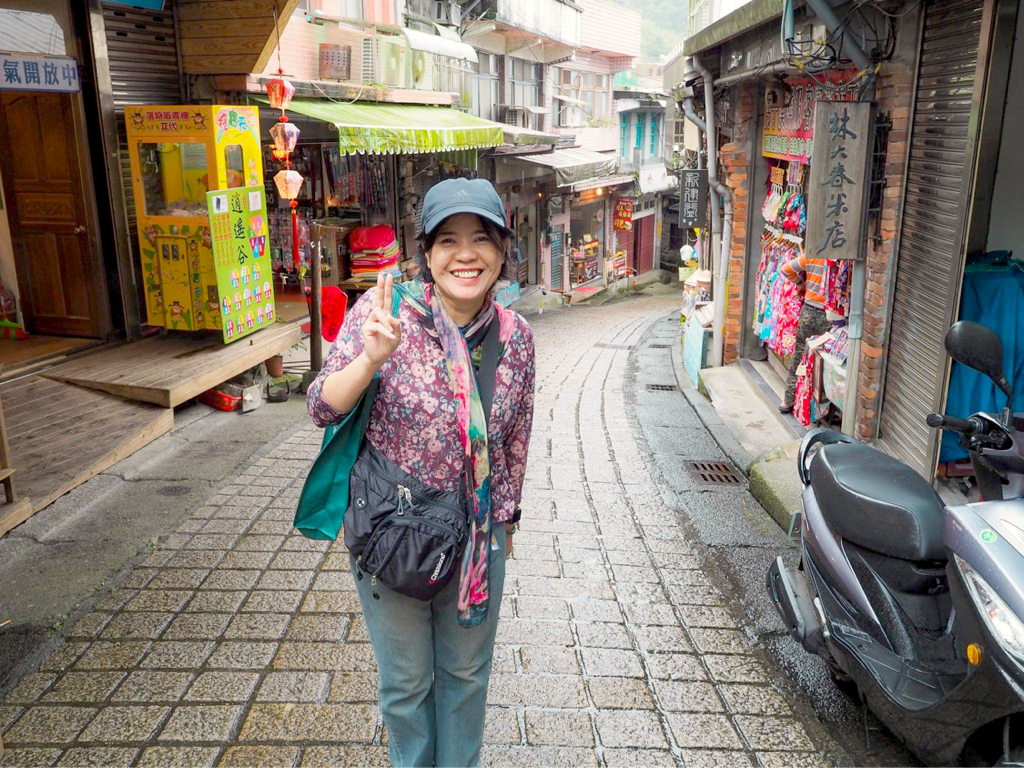
I try to challenge the status quo to create truly inclusive and supportive environments where women can excel and constantly achieve their full potential in both work and non-work environments.
As a woman and as a leader, I try to ensure there are appropriate resources in place to enable inclusive cultures where people's differences are valued. Such an environment ensures everyone - regardless of background or identity - is respected, their voices are heard, and their actions are valued.
Wong Sze Keed, CEO, AIA Singapore

Sheryl Sandberg in her book Lean In, said that in C-Suite roles, women often attribute their success to their support system, while men attribute their success to their own capabilities and personality. When I became the first female CEO of AIA Singapore, I felt the need to prove myself, especially in a role that was previously dominated by males. Conversely, I was also acutely aware that I am a good example for other women to know that it is possible to smash stereotypes – women are just as capable and contribute in measurable ways.
In my personal life, I have also encountered many women (friends and employees) who are afraid to speak up, for fear of being judged as weak or emotional. I take these concerns very seriously, so I keep my door open to any employee who wants to have a chat. I believe the way to begin breaking the bias is when we actively educate ourselves and take actions to eradicate those biases.
Baikong Mamid, Director of Communications, Médecins Sans Frontières Hong Kong

I was very privileged that I was raised and grew up surrounded by great role models – my mother, aunties, grandmother, and my father – who demonstrated in every way that religion, culture, physical looks, and education cannot be a hurdle to voice out your opinion, be heard and that making decisions is not just a man’s world. I grew up in a small city in the Philippines and I’m from an ethnic minority group that was once faced with discrimination in the 80s and 90s. Yet the women in my life have defied the stereotypes and biases of society towards women. In fact, in our home, the female voices are stronger than our male siblings, for example.
This environment has naturally nurtured my perception and to see through powerful women in the big world who are making wonderful and fantastic contributions to our society. I have met women who were making a big difference and were leaders at the young age of 30s. I have met women who were brokering peace deals in our troubled region in the Philippines. I have met women who are going through challenging contexts to help those who are suffering. Living with these experiences has given me the courage and strength to be the person I want to be. These women are great influencers of what I become today, and I hope my daughter grew up with positive influences, the same way as I do.
Antoinette Patterson, Co-Founder and CEO, Safe Space
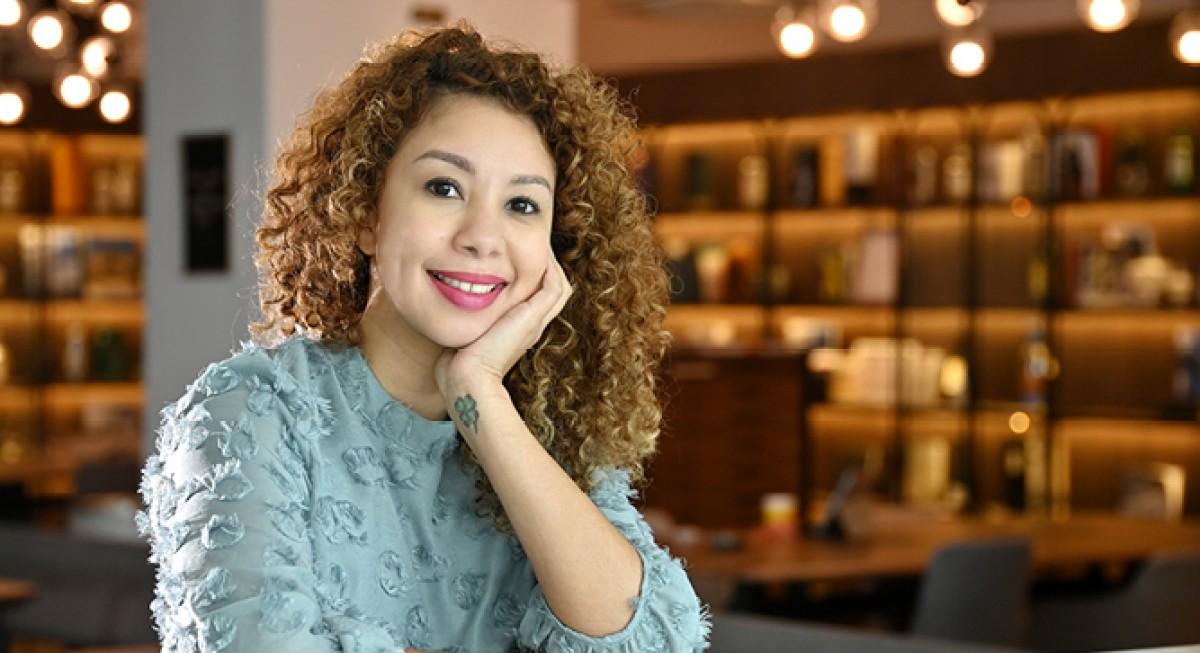
I’m very aware that unconscious bias can happen to anyone; including myself as I may not be aware of it and it is also harder to control. To ensure I continue to #breakthebias; I practise these on a daily basis:
Active Listening – Everyone wants to be heard. I ask the women in my life about their experiences and the obstacles they face. If there’s something in my power to change, I will tell them directly and act on it within a set timeline.
Create inclusive environments – Regardless of work or home settings, I try my best to include people in the conversation, especially if they are shyer to voice their opinion.
Celebrate mothers in the workplace – At Safe Space, we acknowledge our working mothers’ contribution is valuable when they are parents and are happy to provide flexible working arrangements to succeed in both work and personal life.
Niharica Sand, HR Director, Redhill
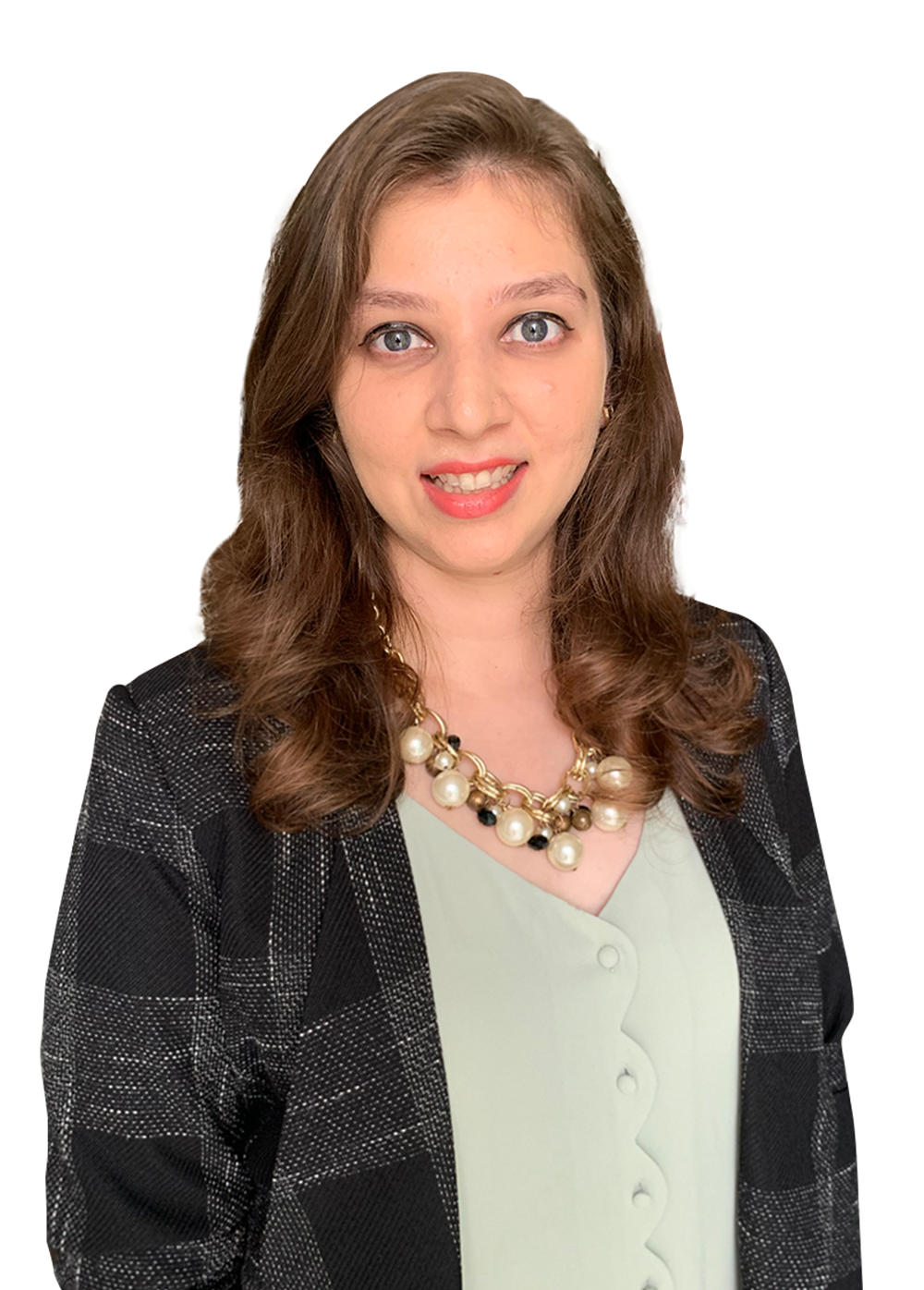
Many biases I have personally faced stem from ignorance or societal and cultural expectations. For example, at home, male members of my family can fully focus on their careers, but as a woman, I am expected to help with household chores and other errands on top of my own work aspirations. In such situations, I adopt a coaching approach. Putting myself in the other person’s shoes, I try to understand where their thoughts stem from and try to rationalise with them.
I appreciate that not everyone is open to change and that we may come across those who double down on their bias. Taking a step back and looking at the bigger picture can help pave a clearer path forward to break biases.
Patsy Ng, Vice President for Human Resources - Asia Pacific, Hilton
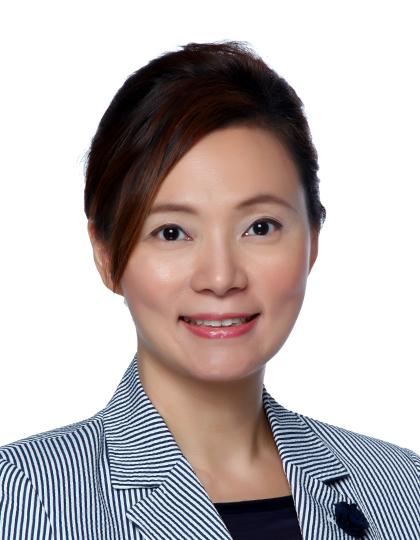
I grew up in a traditional Asian family where daughters and women were cast in a specific light. That drove me to break the bias that was inculcated early on, but I did not let it stop me from seizing opportunities, even when I had doubts. By overcoming such deeply held biases, I turned these into my biggest motivator.
At the same time, breaking the bias is about having the courage to help others and empowering women among us so they can find their voice. It is important for all of us to take personal responsibility to challenge biases every time we see them and create an inclusive environment. At Hilton, where 45% of all our Team Members and more than 20% of our General Managers in the Asia Pacific are women, our Team Members feel a true sense of belonging in an environment that helps them thrive. Through their actions every day, these extraordinary individuals are leading the way to ignite change and lift others.
Ingo Laubender, Head of People APAC, foodpanda

As a People team leader and a father of two daughters, I recognise that my role and actions are important in inspiring both my team and my family in breaking the bias. I believe it is important to firstly be a good listener, to create a safe space for the people around me every day, whether it is my family, friends, or team members.
We must treat each other with respect both at home and at the workplace, and hold ourselves accountable for our words and actions. To me, the simple acts of being present in other people’s lives and being open to hearing their opinions and views are empowering, and it gives them the space to be who they are.
Ru Yi, Regional General Manager, Trip.com
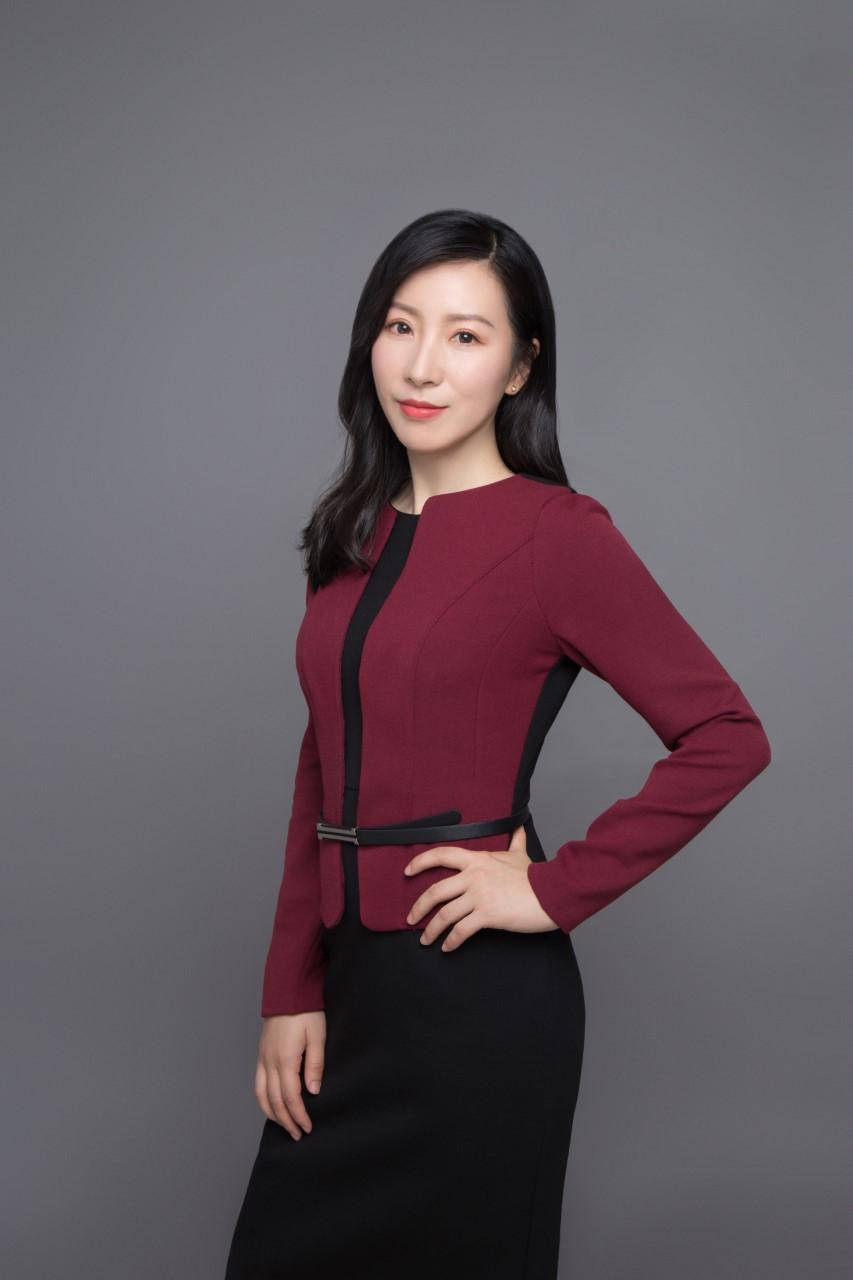
As cliché as it may sound, there is nothing women can't do.
One of the examples which I would often share with my female friends and colleagues is how I had joined my husband for saber workouts, which are typically dominated by men. I decided to join him for the workouts primarily to spend quality time together as a family. My husband and I would train three to four times a week at an academy, and we decided to join a saber competition in 2019. Some members advised my husband not to pair up with me if he was serious about progressing far in the competition. We were not affected and continued to train hard. I was one of the few women in the competition, and the only one who won a title.
While saber workouts may be perceived to be a man’s territory, it is not. Both men and women can participate and do well.
Indeed, nothing is impossible when we put our mind and heart into it.
Wendy Johnstone, Chief Operating Officer, APAC, Zendesk
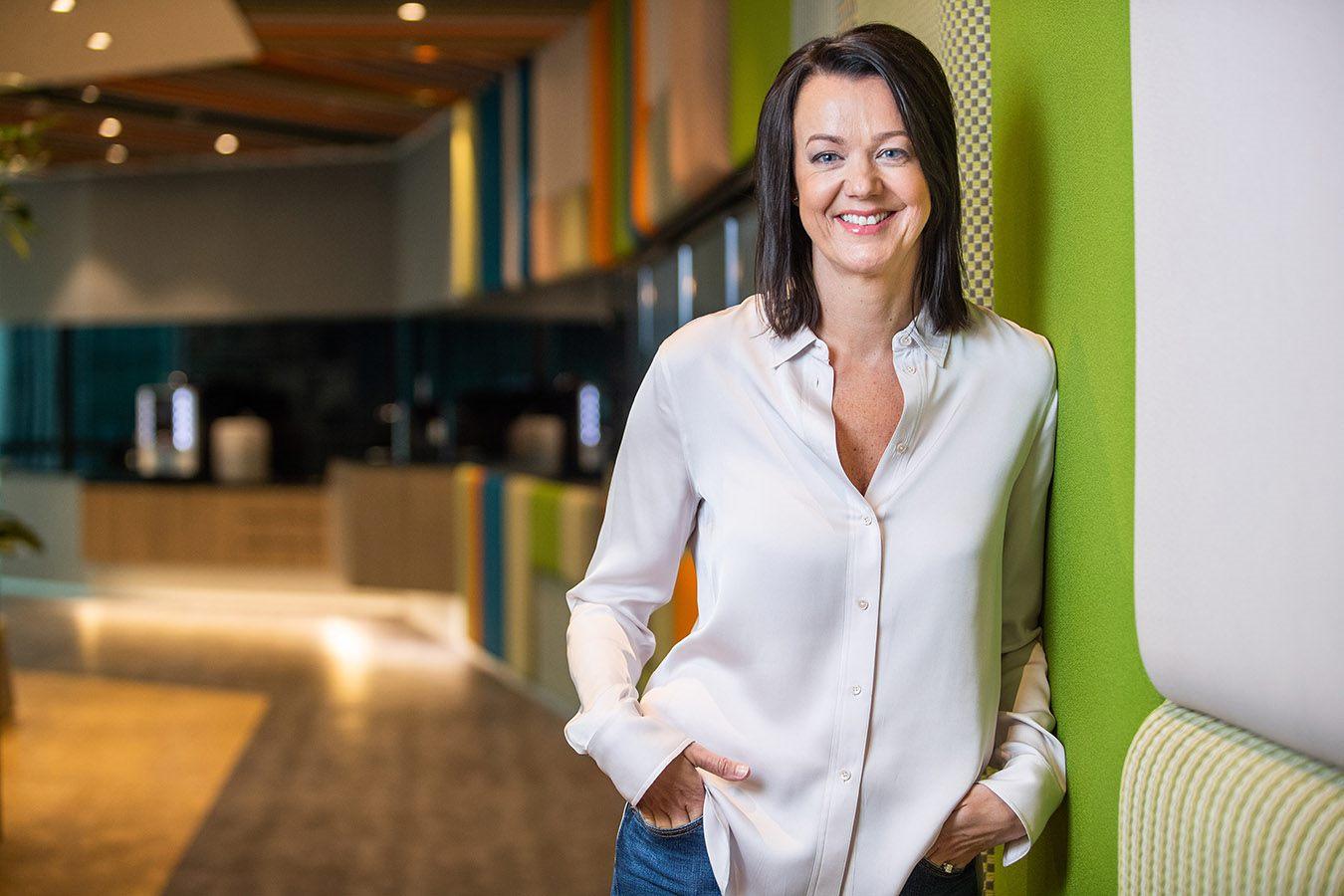
If we’re to be truly effective in breaking the bias, we must begin where it’s closest - in our homes. At the start of the pandemic, when my children were learning from home, I spent every day supporting them and guiding their schoolwork. I wasn’t employed at the time, so it was easier for me to take on this role. When I started working at Zendesk I became very aware of how our family dynamic might have changed if schools had not reopened then.
I’m lucky that my husband and I have shared things equally at home, living the values we want our children to grow up with. Twice my husband has put his career on hold to enable me to step forward with mine, as we have relocated to another country, and he has stayed at home to settle our kids in school. For me, that’s where the awareness and acknowledgment of biases convert to actions that effectively begin to shatter them.
Images / Provided
Follow us on Telegram and on Instagram @humanresourcesonline for all the latest HR and manpower news from around the region!
share on
Follow us on Telegram and on Instagram @humanresourcesonline for all the latest HR and manpower news from around the region!
Related topics


